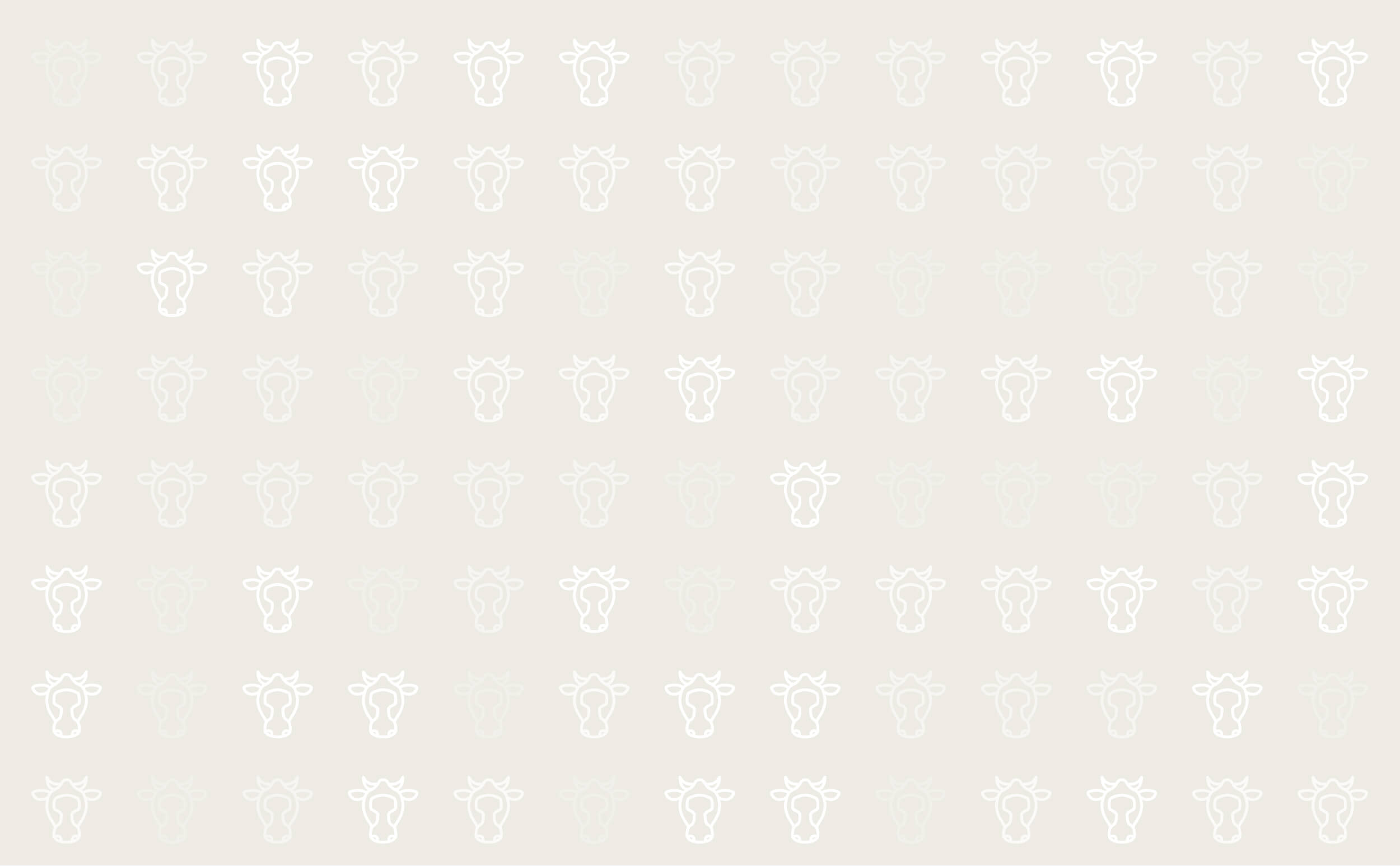



Molybdenum Toxicity
There are two types of molybdenum toxicity. The first, which is well recognised, occurs on high molybdenum pastures (often referred to as ‘teart’ pastures) containing around 20 – 100 mg of molybdenum per kg. Within a few days of being placed on such pastures, cattle start scouring and develop stary, harsh coats. This can be effectively prevented by high doses of copper, because it has been demonstrated that such levels of molybdenum affect the absorption and metabolism of copper.
The second type of molybdenum toxicity, which is the type discussed recently in the press, is more controversial. This is the suggestion that at much lower levels of molybdenum (figures??, problems of toxicity can occur even in animals which are being fed more copper than their calculated dietary requirements and have an apparently normal copper status. It is suggested that in adult cattle affected by this version of molybdenum toxicity, the most common problem reported by the farmer is poor fertility. Like teart pasture toxicity, it is suggested that this “low level “ molybdenum toxicity also responds to further copper supplementation.
Does low level molybdenum toxicity exist?
The answer has to be that we don’t know. Even at low levels molybdenum will alter copper metabolism, but it is unclear whether or not it can cause problems in animals which show a normal copper status. The proponents of molybdenum toxicity suggest that molybdenum causes poor fertility as a result of binding to copper (as a compound called thiomolybdate) in the body and preventing its action, without affecting our current tests for copper status. Opponents suggest that thiomolybdates are not necessarily harmful and that molybdenum doesn’t cause problems in animals with normal copper status.The main problem linked with this “low level” molybdenum toxicity is poor fertility. Fertility in the UK dairy herd is decreasing and many farms have got poor fertility for many different reasons. The most common reason for poor fertility is output exceeding input, that is cows losing more energy in their milk than they can eat. Cows in negative energy balance have reduced fertility, and, while the mechanism for this is far from simple, generally the worse the imbalance the worse the fertility. Any investigation of poor fertility should focus on overall feeding and management first before looking at micronutrients such as copper and molybdenum. So if someone suggests to you, without such an investigation, that molybdenum toxicity is likely to be your main problem, such a suggestion should be taken with a pinch of salt (do not take any Molybdenum).
Can we diagnose toxicity?
Diagnosis of copper deficiency isn’t simple. Cattle can have normal blood copper in the early stages. Thus when investigating deficiency it’s important to sample several cows (at least six), and, ideally, measure liver coppers (which is a better test of status). The proponents of molybdenum toxicity suggest that, because the molybdenum binds but does not remove the copper, blood and liver measurement are not of much value in detecting molybdenum toxicity. They suggest that we need to look at the activity of a copper-containing enzyme, caeruloplasmin. This test seems to show that a high percentage of cattle in the UK have molybdenum toxicity. However, it isn’t a validated test and it is possible that factors other than molybdenum may alter the test’s result.From a farmer’s point of view, if you are going to use this test ensure that you use it as part of an investigation of fertility and not on its own. Get veterinary advice first.
Can we treat toxicity?
If molybdenum toxicity exists then increasing the intake of copper can prevent it by binding the molybdenum in the gut and thus preventing it getting into the body. However, copper is a poison, so if you are going to feed more copper you should only do so once you have calculated exactly how much copper you are feeding your cows. Too much copper will cause copper toxicity. This used to be a problem almost entirely confined to sheep and young calves, but it’s now being diagnosed in adult cattle. In most cases, the main problem leading to toxicity was that farmers with fertility problems did not know how much copper they were feeding. This meant that they did not appreciate that when the copper in the diet was increased to try and improve fertility, it resulted in toxic levels of copper being fed. Extra copper should not be fed unless there is a proven need for it.Copyright © NADIS 2002 - 2007
NADIS (National Animal Disease Information Service) is a network of 40 veterinary practices and 6 veterinary colleges monitoring diseases in cattle, sheep and pigs in the UK, including BPEX, EBLEX, HCC, QMS, Elanco Animal Health, MLC and Merial

